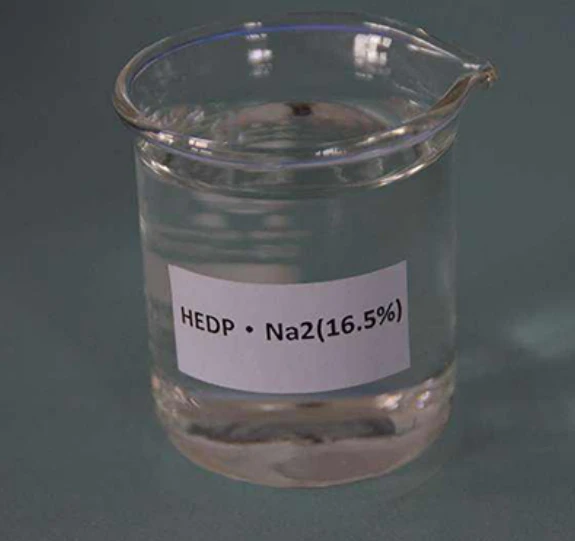Poly Aluminium Chloride Applications in Drinking Water Purification and Wastewater Treatment
Poly Aluminum Chloride for Water Treatment An Overview
Water is essential for life, and ensuring its purity and safety is critical for public health and environmental sustainability. One of the most effective and widely used coagulants in water treatment processes is Poly Aluminum Chloride (PAC). This article explores the composition, function, benefits, and applications of PAC in the realm of water treatment.
What is Poly Aluminum Chloride?
Poly Aluminum Chloride is a chemical compound formulated from aluminum chloride and aluminum hydroxide. It is a type of inorganic polymer that is typically presented as a light yellow or colorless solution, depending on its formulation. PAC is recognized for its high charge density and excellent coagulation properties, making it an effective agent in the removal of suspended particles, organic matter, and contaminants in water.
The structure of PAC allows it to bridge particles in water, leading to the formation of larger aggregates (or flocs) that can be easily removed during the sedimentation process. This makes PAC particularly effective in a variety of water sources, including surface water, groundwater, and wastewater.
The Role of PAC in Water Treatment
The use of PAC in water treatment involves several key processes
1. Coagulation and Flocculation When PAC is added to water, it neutralizes the negative charges on suspended particles. This neutralization facilitates the agglomeration of these particles into larger clusters, known as flocs. These flocs can then be removed through sedimentation or filtration.
2. Removal of Contaminants PAC is effective in removing a wide range of contaminants, including turbidity, color, and pathogens. It can capture organic compounds, heavy metals, and colloidal substances, contributing to cleaner and safer water.
3. pH Adjustment PAC can influence the pH of water, which is important for optimizing the coagulation process. It tends to work effectively across a wide pH range, and its adaptability allows it to be used in various treatment settings.
poly aluminium chloride for water treatment

Advantages of Using PAC
The adoption of Poly Aluminum Chloride in water treatment processes offers several advantages
- Efficiency PAC is highly efficient at low dosages compared to traditional coagulants like aluminum sulfate. This high efficacy translates into reduced chemical consumption and lower operational costs.
- Speed of Action The flocculation process using PAC occurs more rapidly than with many other coagulants, enabling faster treatment cycles and improved throughput in water treatment facilities.
- Improved Settling The flocs generated with PAC are typically denser and settle more quickly, facilitating easier removal during sedimentation. This feature enhances the overall efficiency of the treatment process.
- Reduced Sludge Production With its effective performance at lower dosages, PAC often generates less sludge compared to conventional coagulants, thus simplifying the sludge management process.
Applications Beyond Water Treatment
While PAC is predominantly used in water treatment facilities, its applications extend into other industries. It is utilized in wastewater treatment, paper manufacturing, and even in the production of cosmetics and pharmaceuticals. The versatility of PAC as a coagulant plays a significant role in diverse industrial processes.
Conclusion
Poly Aluminum Chloride is a powerful tool in the pursuit of clean and safe water. Its ability to effectively remove contaminants with minimal environmental impact makes it an attractive option for water treatment facilities worldwide. As water quality continues to be a pressing concern, the use of PAC stands out for its efficacy, cost-effectiveness, and adaptability, ensuring that clean drinking water remains accessible while protecting aquatic ecosystems. The continued research and development of PAC formulations will likely lead to even more innovative uses and improvements in water treatment processes, solidifying its role as an essential compound in the quest for water purity and sustainability.
-
Water Treatment with Flocculant Water TreatmentNewsJun.12,2025
-
Polymaleic AnhydrideNewsJun.12,2025
-
Polyaspartic AcidNewsJun.12,2025
-
Enhance Industrial Processes with IsothiazolinonesNewsJun.12,2025
-
Enhance Industrial Processes with PBTCA SolutionsNewsJun.12,2025
-
Dodecyldimethylbenzylammonium Chloride SolutionsNewsJun.12,2025





